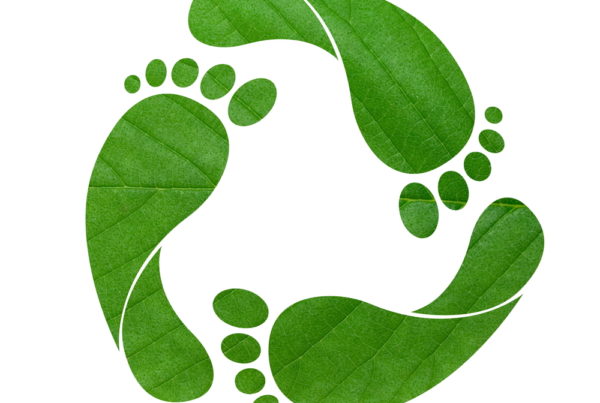Yeast . . . it turns grapes into wine . . . it makes bread rise . . . but did you know it’s actually a living one-celled fungus? Yeast provides a safe way for children to observe a few of the life processes of living cells.
1. Living Cells Need Water – Add dry yeast to very warm water to activate them. Explain to children that the yeast must have water in order to carry out life processes. They are able to survive in a dormant state without water, but they won’t become active and grow until they have water.
2. Living Cells Need Food – Put some of the hydrated yeast culture in two small containers (preferably clear). Add sugar to one of the containers, but not to the other. Let children observe the differences they see over time. Does “feeding” the yeast cells make them more active?
3. Living Cells Produce Waste – The yeast culture with sugar will give off noticeable amounts of carbon dioxide gas in the form of bubbles. Explain to children that the cells are getting rid of waste just like they do . . . by “breathing” out carbon dioxide gas.
4. Living Cells Reproduce – If a microscope is available make a slide from a drop of the yeast culture with sugar. Look carefully and you may find a cell that is undergoing “budding.” Budding is the way yeast cells reproduce. First they double all the material inside the cell that’s needed to keep it alive. Then they separate out one set of the material and pinch it off in a little pocket on the side of the cell. The new pocket will eventually pop off and form a new yeast cell! Children enjoy seeing the “baby” yeast cells. 🙂
Extension – Make bread or another pastry that requires yeast to make it rise. Ask children to use what they have learned about the yeast cells to explain what is happening inside the dough. (The yeast is eating the sugar and using the water in the dough to grow. As it grows it produces waste in the form of carbon dioxide gas. The gas bubbles are what makes the bread rise. As the yeast reproduces, more and more yeast cells can produce more and more gas bubbles and the dough gets bigger and bigger!)




